13 Wild Animals in Nicaragua [Wildlife in Nicaragua]
Want to know more about the wildlife in Nicaragua?
Discover 13 wild animals in Nicaragua in this post, as well as interesting facts about them. 🇳🇮
Learn All About Nicaraguan Animals
Ready to learn all about Nicaraguan animals?
I’ve always been fascinated by animals, and by how they can be so different from one country to another. In this guide, we’ll focus on the many animals Nicaragua has on the land, in the sky, and underwater.
I’ve split the guide into 4 categories:
- Native animals from Nicaragua
- Endangered animals of Nicaragua
- What is Nicaragua national animal?
- How many animals native to Nicaragua?
Let’s dive in right away with our first category!
Native Animals from Nicaragua
Nicaragua is an American country located in the central part of the continent, between the Caribbean Sea and the Pacific Ocean. It is the biggest country in the Central American isthmus, has a multiethnic community with 8 languages (either official or recognized regionally), and it used to be a Spanish colony. It is bordered by Honduras and Costa Rica, and its capital and largest city is Managua, which counts more than 1,055,000 inhabitants (but more than 1,401,000 if you include the metropolitan area).
An interesting part of the country that I wanted to tackle is its wildlife. In light of that, I have listed the best of it, and I hope you will love learning what animals live in Nicaragua.
Here’s the Nicaragua animals list.
1. Jaguar

- Name: Jaguar
- Scientific name: Panthera onca
- Conservation status:
The jaguar is definitely the emblem of South America. It is the third-largest species of wild cat in the world, and the largest one native to the Americas. It only makes sense that it is the largest feline that can be found in Nicaragua.
Despite being seriously protected in countries within its range such as Nicaragua, Brazil, Argentina, Colombia, and Honduras, the jaguar is listed as near threatened with extinction primarily because of poaching, as well as habitat loss.
2. Geoffroy’s spider monkey
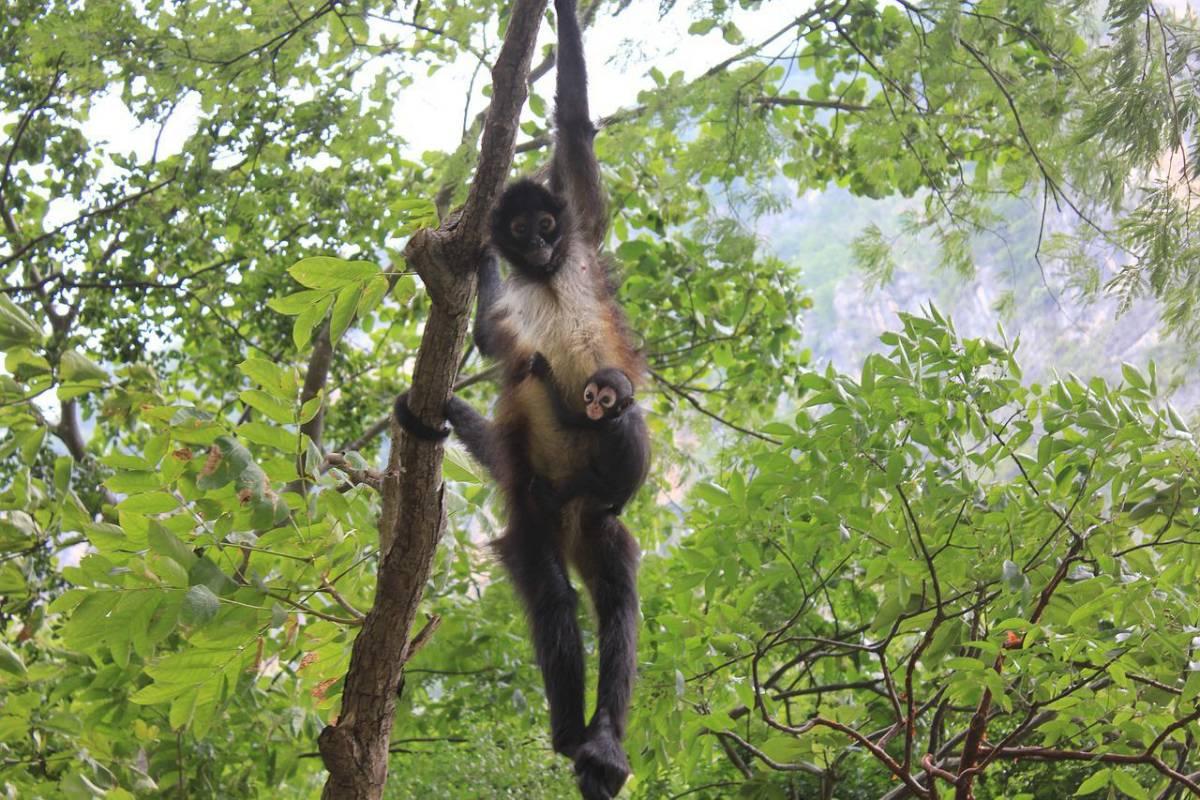
- Name: Geoffroy’s spider monkey
- Scientific name: Ateles geoffroyi
- Conservation status:
Geoffroy’s spider monkey, also known as the Central American spider monkey or the black-handed spider monkey, is a species of New World monkey native to Central America, as well as some parts of Colombia and Mexico. It is one of the largest New World monkeys and is threatened by capture for the illegal pet trade and habitat loss.
Interestingly enough, famous Spanish painter Frida Kahlo had several Geoffroy’s spider monkeys as pets and depicted herself alongside this species in 1938.
3. Nine-banded armadillo
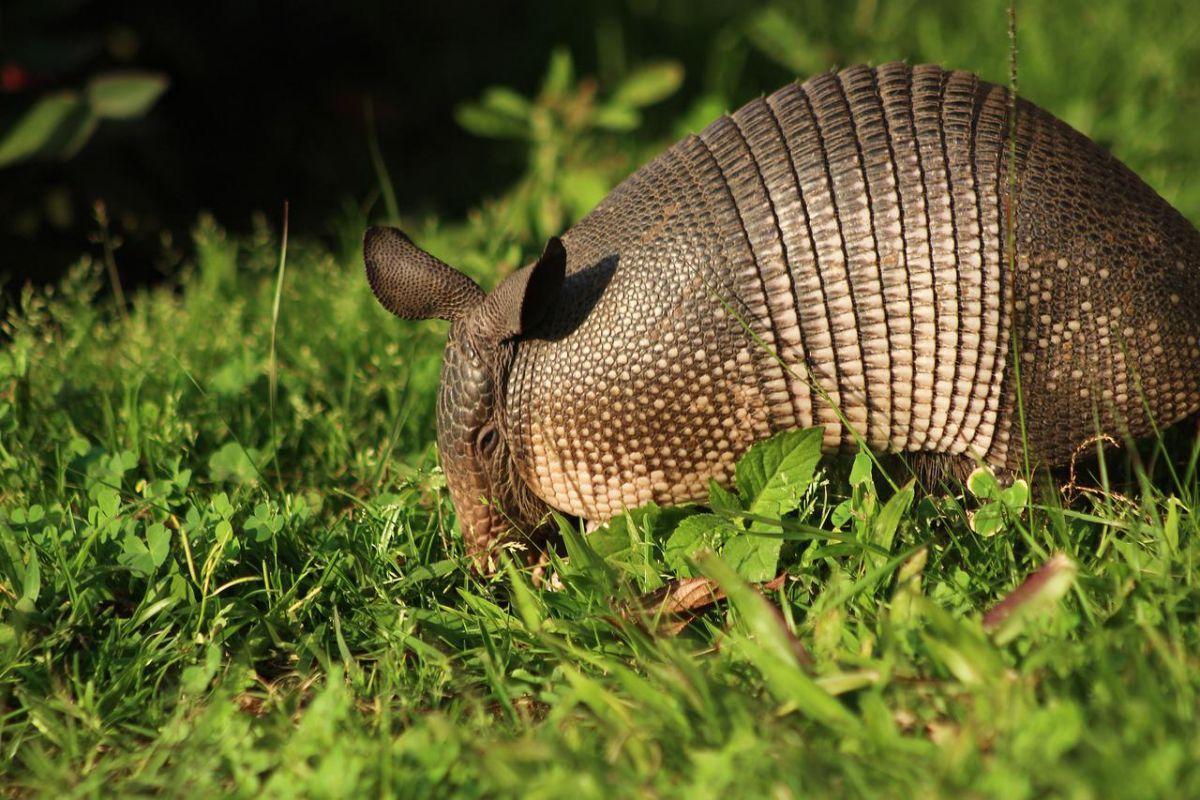
- Name: Nine-banded armadillo
- Scientific name: Dasypus novemcinctus
- Conservation status:
Despite armadillos being some of the most threatened species in the world as a group, the nine-banded armadillo, also known as the common long-nosed armadillo or the nine-banded long-nosed armadillo, is not threatened.
It inhabits rainforests, dry scrub, and grasslands, and primarily feeds on ants and termites, as well as other small invertebrates. Its range is very wide, going from the southeastern quadrant of the United States to northern Argentina.
4. Northern tamandua
- Name: Northern tamandua
- Scientific name: Tamandua mexicana
- Conservation status:
The northern tamandua is a species of anteater native to Central America, from the northern edge of the Andes mountain range to southern Mexico. It is nocturnal, solitary and arboreal, and spends about 40 percent of its time on tree branches.
This anteater can be found in the forests, mangrove swamps, and cloud forests of Nicaragua, where its main predators are the jaguar and the harpy eagle.
5. Harpy eagle
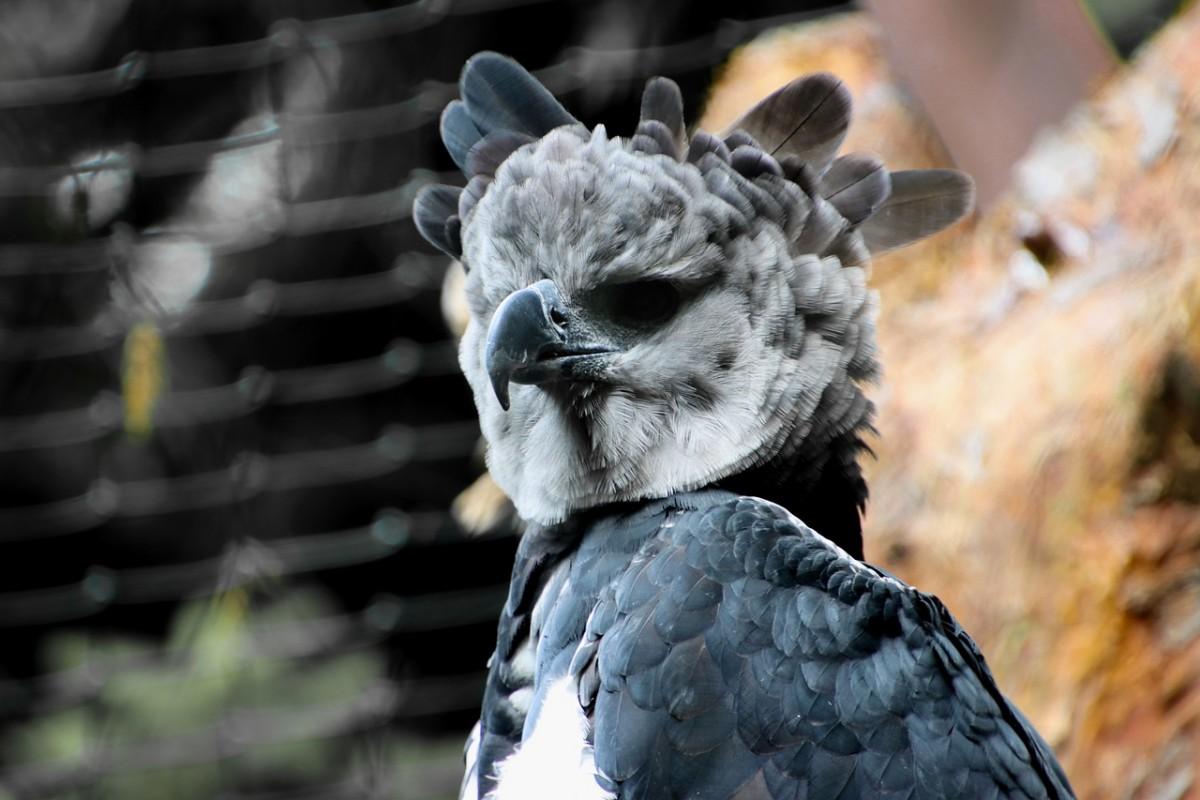
- Name: Harpy eagle
- Scientific name: Harpia harpyja
- Conservation status:
The harpy eagle, also known as the American harpy eagle, is one of the heaviest eagles in the world, and the largest and most powerful bird of prey within its range. It inhabits tropical lowland rainforests, and is considered vulnerable to extinction primarily because of habitat loss; now, it is extirpated from a major part of Central America.
This eagle has the largest talons of all eagles, and can lift prey weighing up to its own weight!
6. Margay
- Name: Margay
- Scientific name: Leopardus wiedii
- Conservation status:
The margay is a small species of wild cat native to Central and South America. It is both solitary and nocturnal and can be found in evergreen and deciduous forests. Its population largely declined until the 1990s because of hunting for the illegal wildlife trade, and it also faces habitat loss.
The diet of the margay is made of small mammals such as monkeys, lizards, tree frogs, and birds and their eggs.
7. Jaguarundi
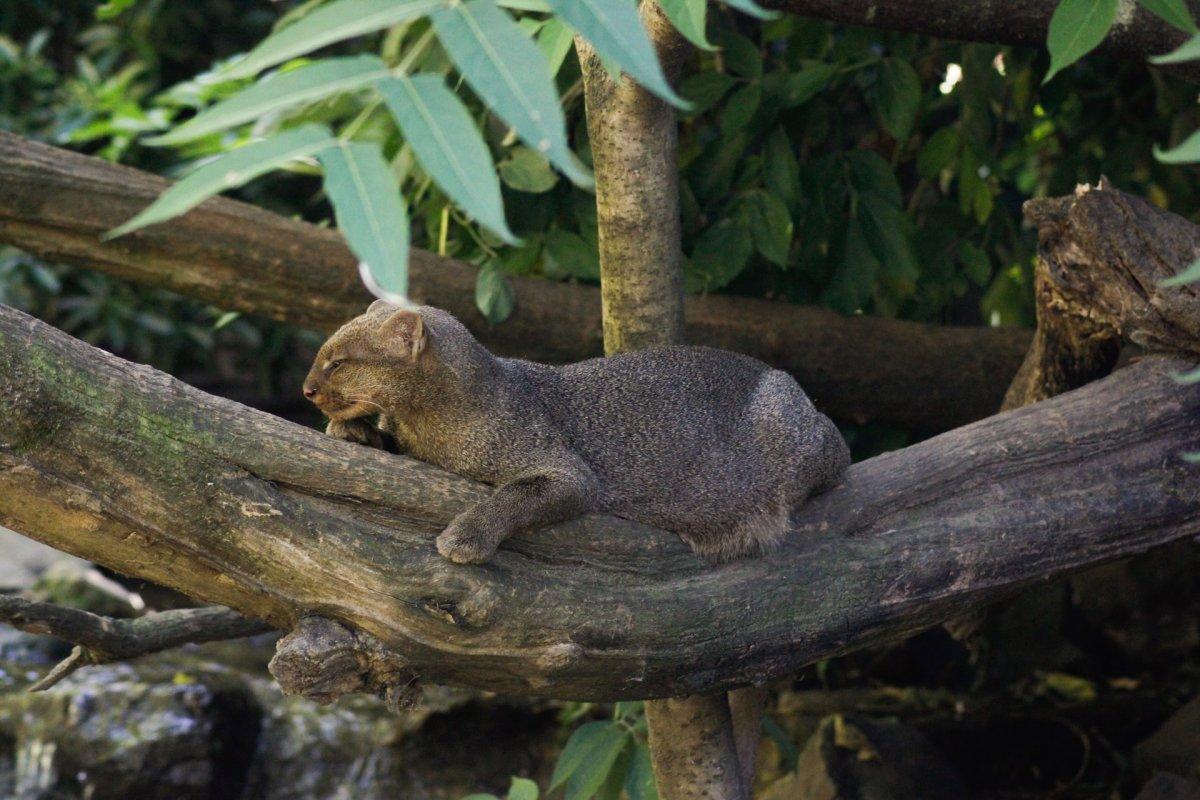
- Name: Jaguarundi
- Scientific name: Herpailurus yagouaroundi
- Conservation status:
The jaguarundi is another species of wild cat native to the Americas: it can be found in much of the northern half of South America, and upwards onto southern Mexico. In the wild, it is mostly solitary and sometimes forms pairs, while it is much more gregarious in captivity.
This wild cat inhabits deciduous forests and tropical rainforests, but also thorn scrubs and deserts. It feeds on reptiles, birds, rodents, and small mammals.
8. Brown-throated sloth
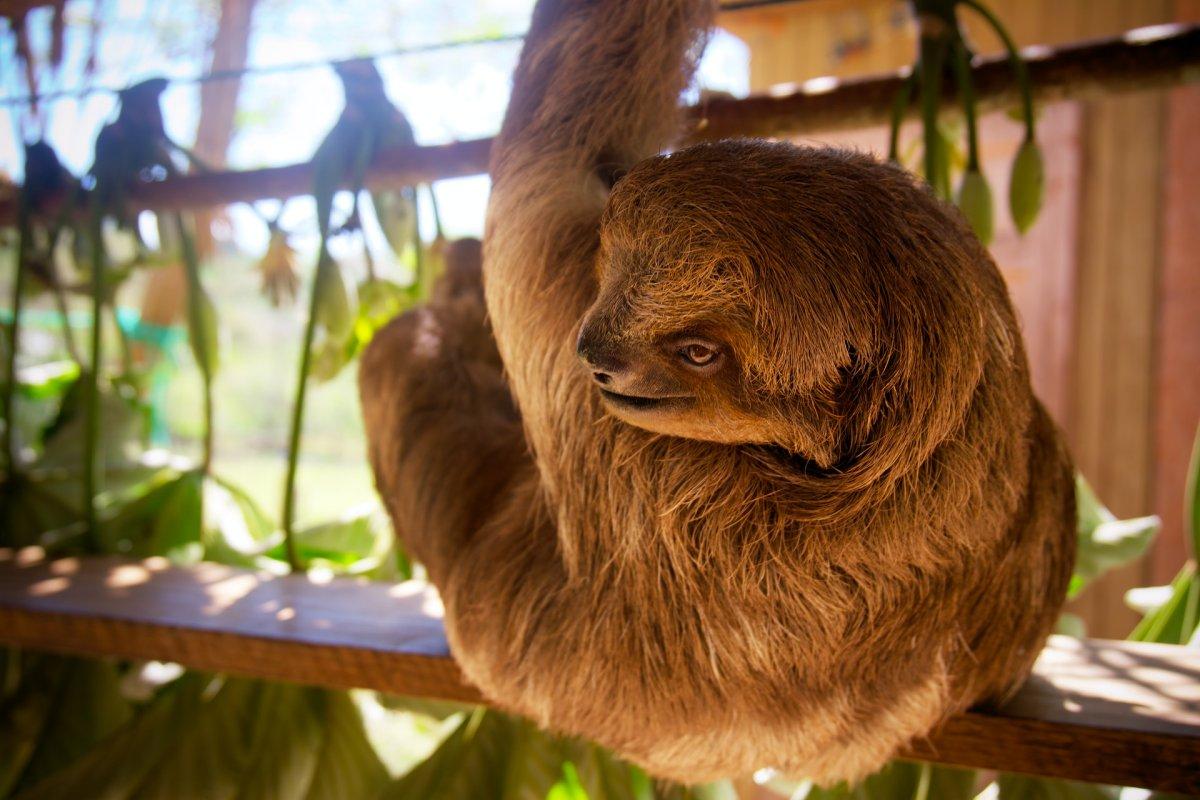
- Name: Brown-throated sloth
- Scientific name: Bradypus variegatus
- Conservation status:
Sloths are some of the most intriguing animals in the world. With their unique look, they are, as their name suggests, incredibly slow, and they don’t do much outside of just hanging on a tree branch.
The brown-throated sloth is the most common and widespread species of three-toed sloths, and it lives in a wide range from Honduras and Nicaragua to Brazil, Peru, and Bolivia. It usually does not live above 1,200 m / 3,900 ft above sea level.
9. Ocelot
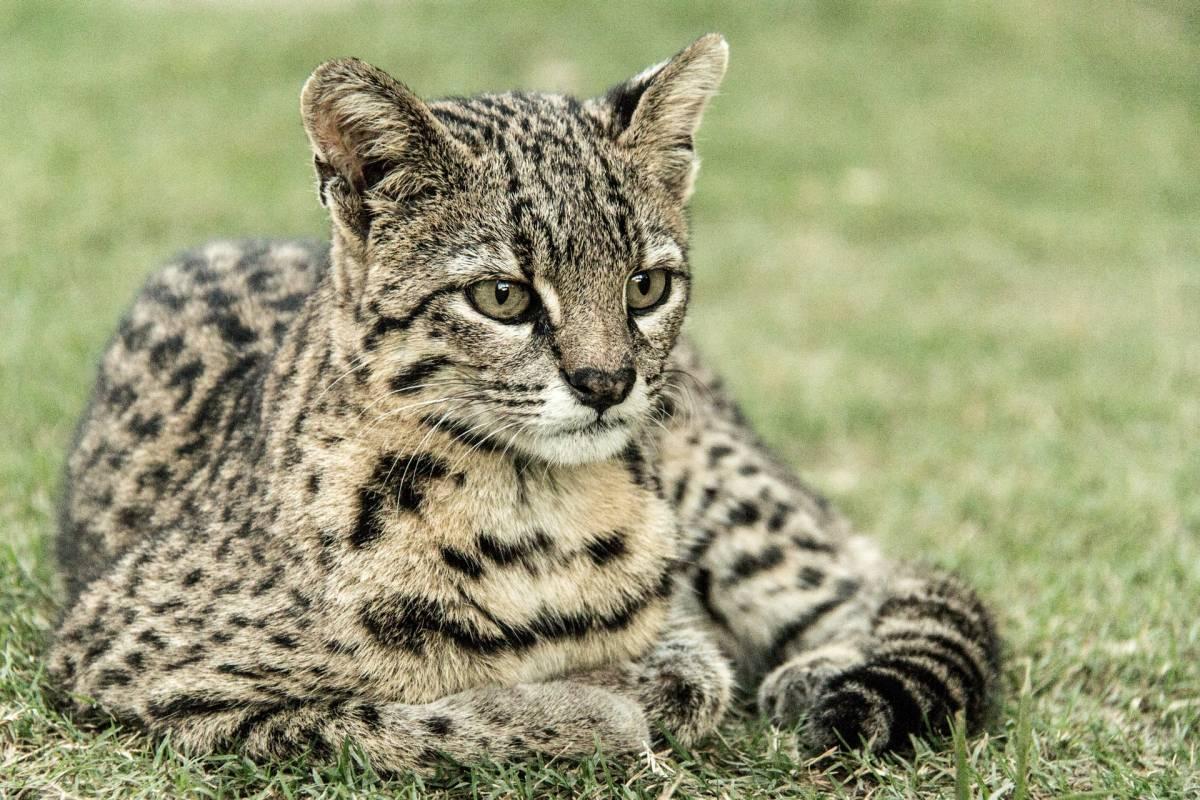
- Name: Ocelot
- Scientific name: Leopardus pardalis
- Conservation status:
The ocelot is another species of wild cat found in Nicaragua, and it is medium-sized. It can be found from Brazil to Mexico and inhabits areas with dense vegetation, high prey availability, and a nearby body of water.
It is crepuscular and nocturnal and is an agile predator that can leap, climb and swim in order to catch its prey, which is mostly terrestrial mammals such as lagomorphs (hares, rabbits), opossums, and armadillos.
10. Great green macaw
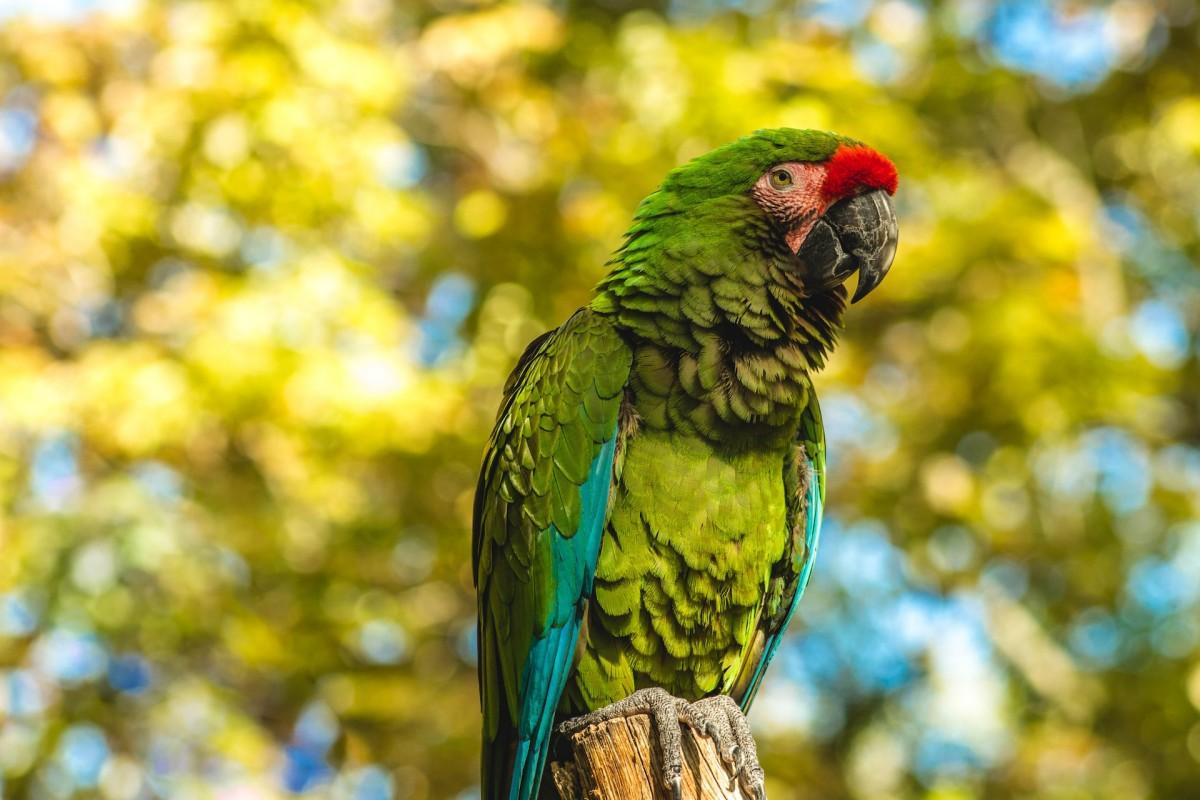
- Name: Great green macaw
- Scientific name: Ara ambiguus
- Conservation status:
The great green macaw, also known as the great military macaw or Buffon’s macaw, is a very colorful species of parrot native to Central and South America. Its range is particularly scattered, and small populations can be found in countries such as Nicaragua, Colombia, Ecuador, and Panama.
The Nicaraguan great green macaws live in the eastern parts of the country, more precisely in the Bosawás, Indio Maíz Biological Reserve, and San Juan natural reserves.
11. Panamanian white-faced capuchin
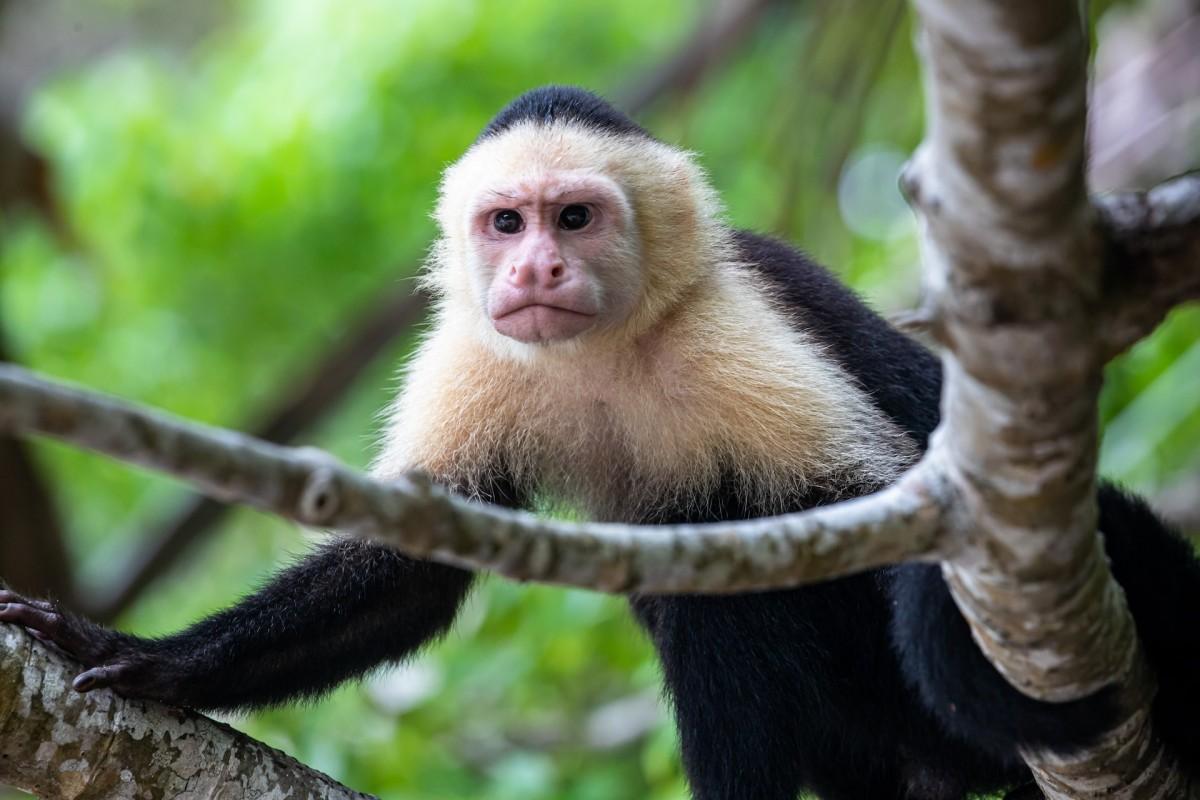
- Name: Panamanian white-faced capuchin
- Scientific name: Cebus imitator
- Conservation status:
The Panamanian white-faced capuchin, also known as the Panamanian white-headed capuchin or the Central American white-faced capuchin, is a medium-sized species of New World monkey not only native to Panama, but also to Nicaragua, Colombia, and other Central American countries.
If you want to see wild Panamanian white-faced capuchins in Nicaragua, you should head to Masaya, in the west of Nicaragua, or around the South Caribbean coast.
12. North American cougar
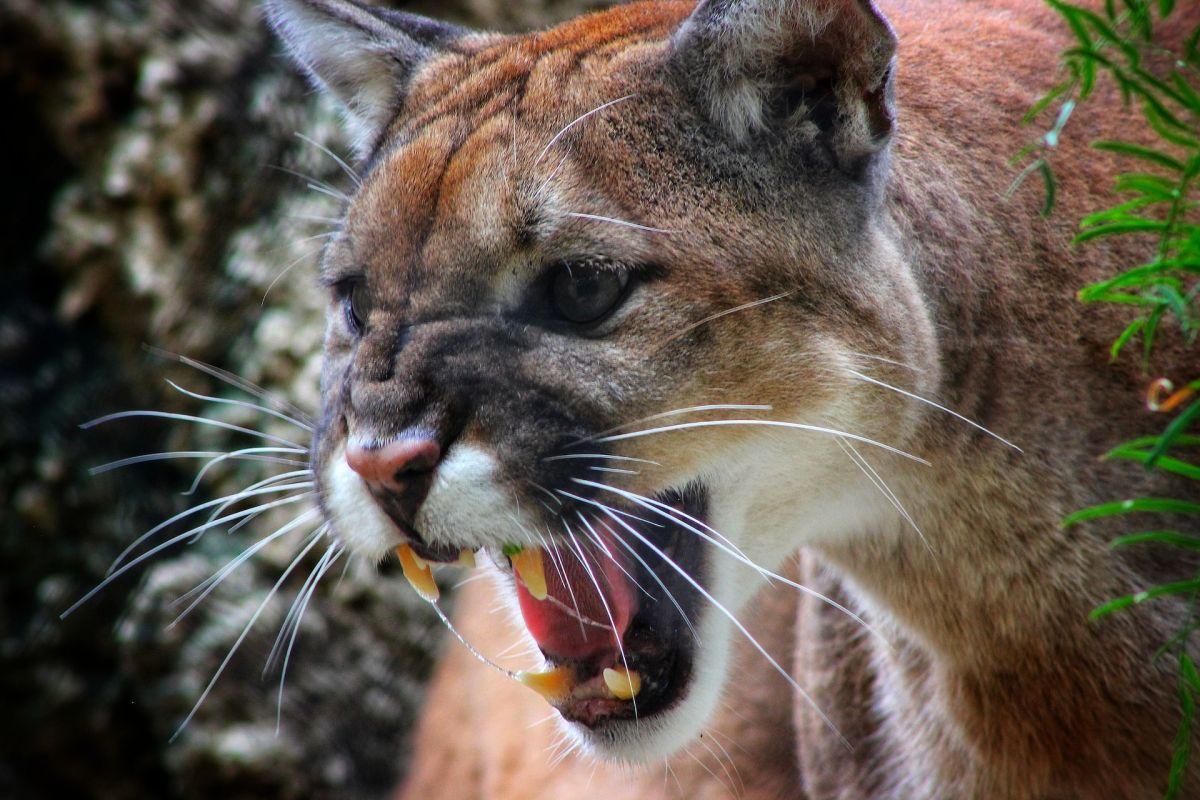
- Name: North American cougar
- Scientific name: Puma concolor couguar
- Conservation status:
The North American cougar is one of the most fearsome predators that you could encounter while on a hike in the northern half of the Americas. It is the largest cat in North America, and although its range used to be larger, it is still fairly common in the western half of the continent.
This cougar hunts at night and does not hesitate to travel long distances while looking for food. It primarily feeds on deers, feral horses, and even bear cubs sometimes.
13. Bull shark
- Name: Bull shark
- Scientific name: Carcharhinus leucas
- Conservation status:
The bull shark is a species of shark living on tropical coastlines of the world, from the Caribbean Sea to Australasia and Africa.
Since it can survive for a long time in freshwater, it can be found inland, in places such as the San Juan River and Lake Nicaragua, where it is locally known as the Nicaragua shark. Because its population is on the decline, it is now forbidden to fish for a bull shark in Nicaragua.
—
So there you have them, these were my 13 native animals of Nicaragua. I hope you enjoyed this list and that you learned something new today.
In case you want to learn more about the animals that live in Nicaragua, feel free to keep reading, as I still have lots of things to tell you about:
Endangered Animals of Nicaragua
This is definitely the saddest part of the list, but it is very important to raise awareness. Because of this, let’s go through the list of endangered animals in Nicaragua.
Here are the animals in danger of extinction in Nicaragua.
- Caribbean monk seal
- Hawksbill turtle
- Galapagos petrel
- Nassau grouper
- Mojarra
- Rana Leopard isleña
- and 21 more…
- Bonnethead shark
- Pacific nurse shark
- Atlantic chupare
- Caribbean reef shark
- Geoffroy’s spider monkey
- and 31 more…
To see the full list of endangered species in Nicaragua, head over to the International Union for Conservation of Nature’s Red List.
What is the National Animal of Nicaragua?
The national animal of Nicaragua is the turquoise-browed motmot.
The turquoise-browed motmot is a particularly colorful, medium-sized species of bird. It can be found from southeastern Mexico to Costa Rica, where it is fairly common and faces no particular threat.
In Nicaragua, it is known as “guardabarranco”, which means “ravine-guard”, and it inhabits gallery forest, scrubland, and forest edge.
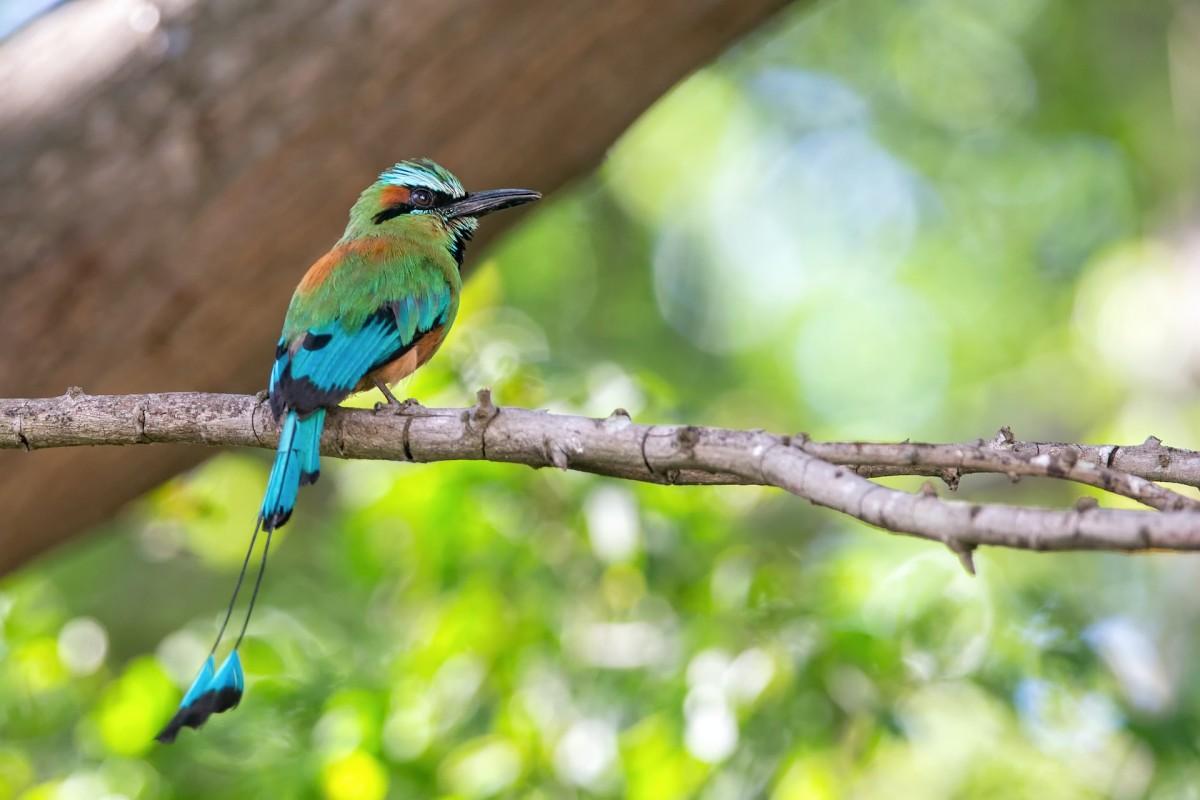
How Many Animals Native to Nicaragua?
What is the diversity of native animals in Nicaragua?
Let’s look at the total number of species of Chordata (mammals, birds, fishes, and reptiles).
Total number of animal species in Nicaragua: 3,129 (8,066 in total in Mesoamerica)
More About Animals in the World!
Loved these Nicaragua wildlife facts? Want to see what animals live in other countries?
Then check out these posts:
Or click here to see ALL the facts up on the blog! Spoiler alert: there’s A LOT of them.
Share the knowledge! Click on the buttons below to share information about these famous animals in Nicaragua with your friends, and help them learn more about the world 🙂
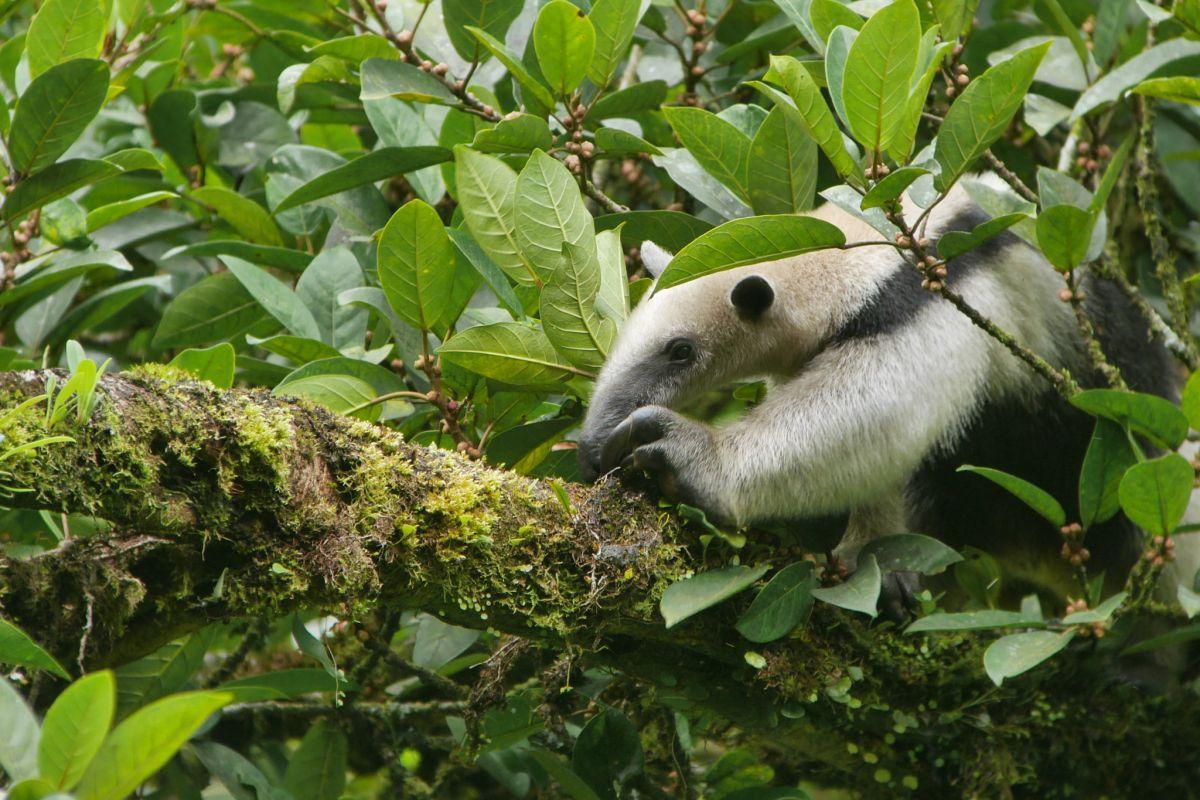
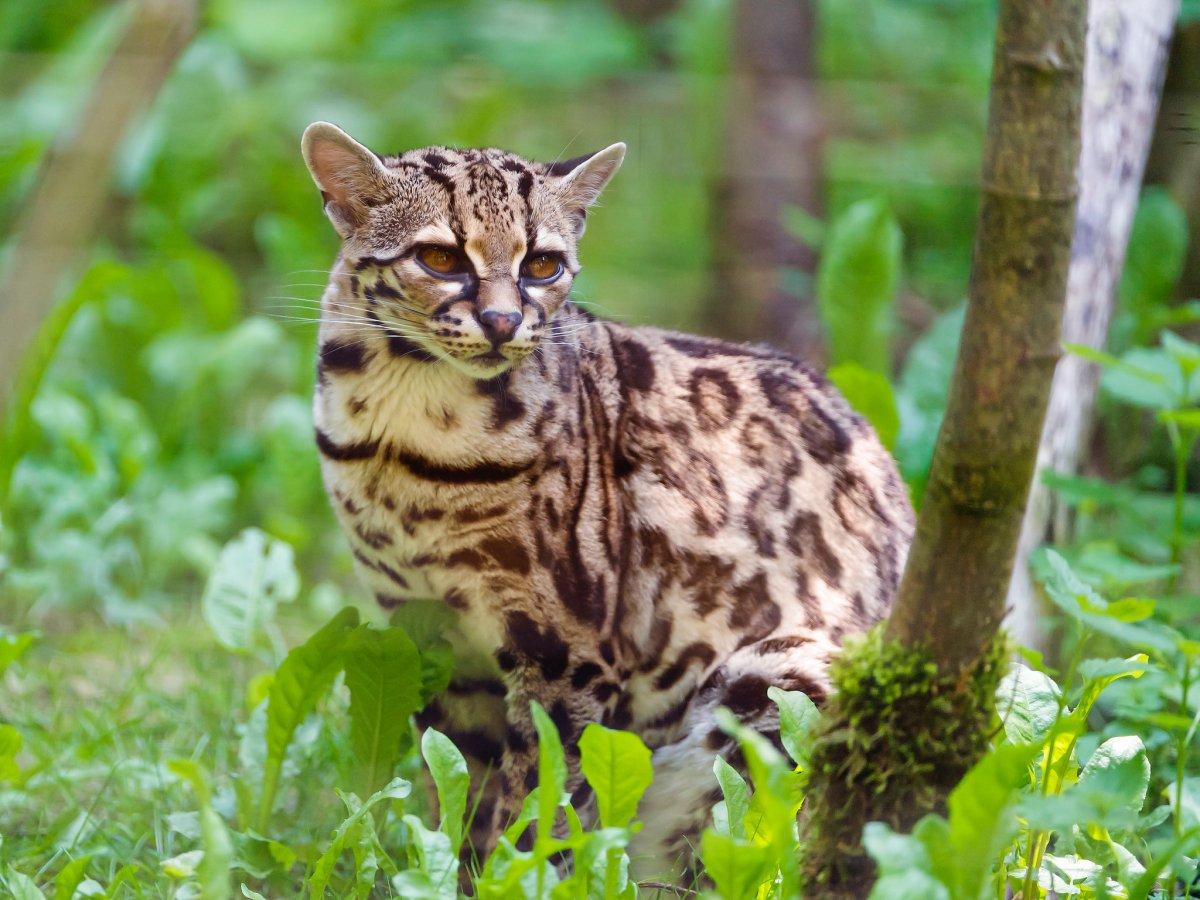
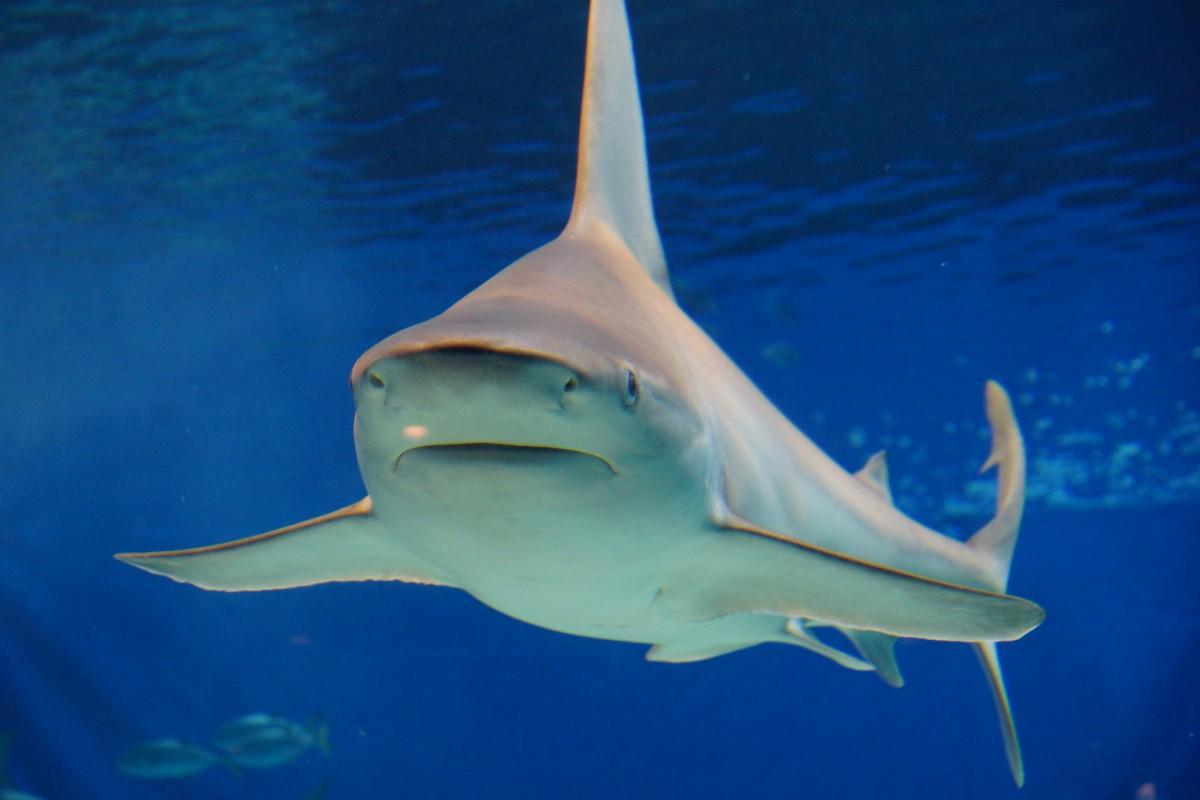

![17 Wild Animals in Venezuela [Wildlife in Venezuela]](https://www.kevmrc.com/wp-content/uploads/2022/08/17-wild-animals-in-venezuela.jpg)
![30 Wild Animals in Arizona [Wildlife in Arizona]](https://www.kevmrc.com/wp-content/uploads/2023/10/30-wild-animals-in-arizona.jpg)
![22 Wild Animals in Estonia [Wildlife in Estonia]](https://www.kevmrc.com/wp-content/uploads/2022/06/22-wild-animals-in-estonia.jpg)